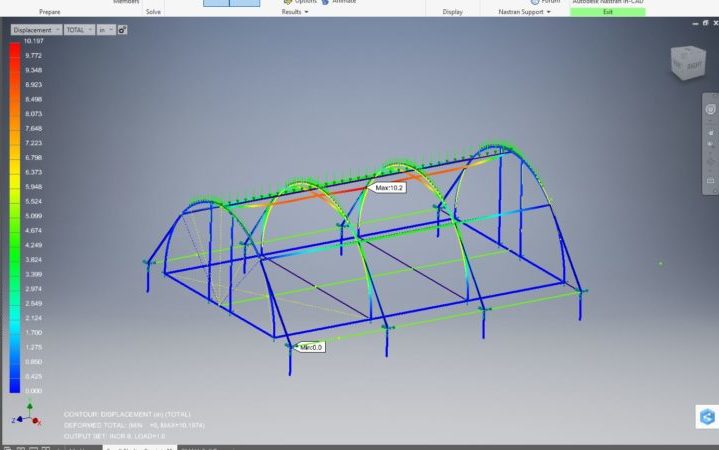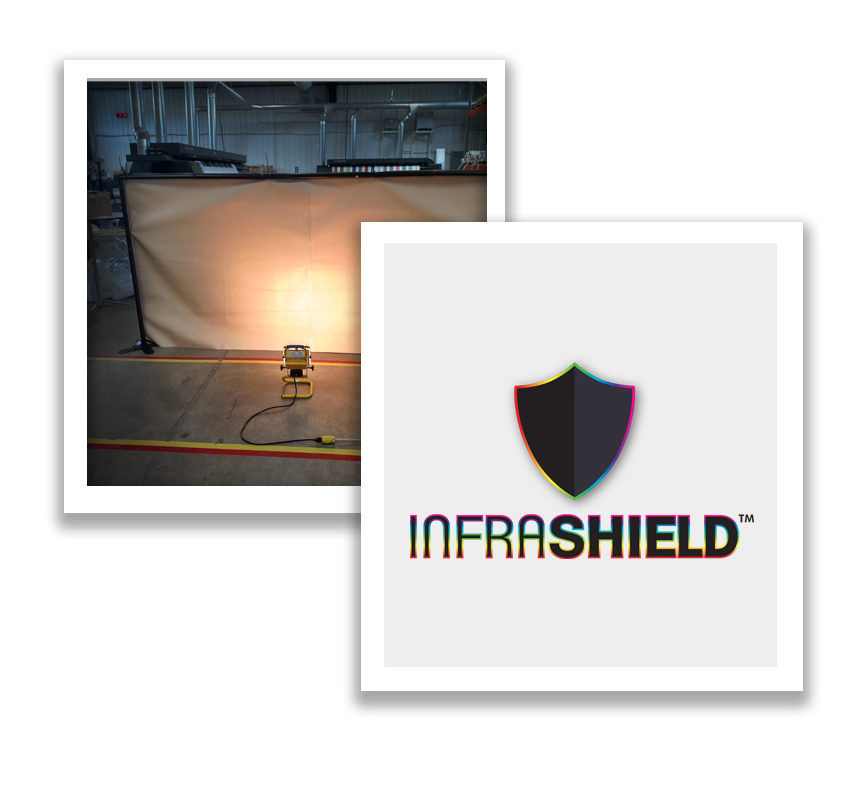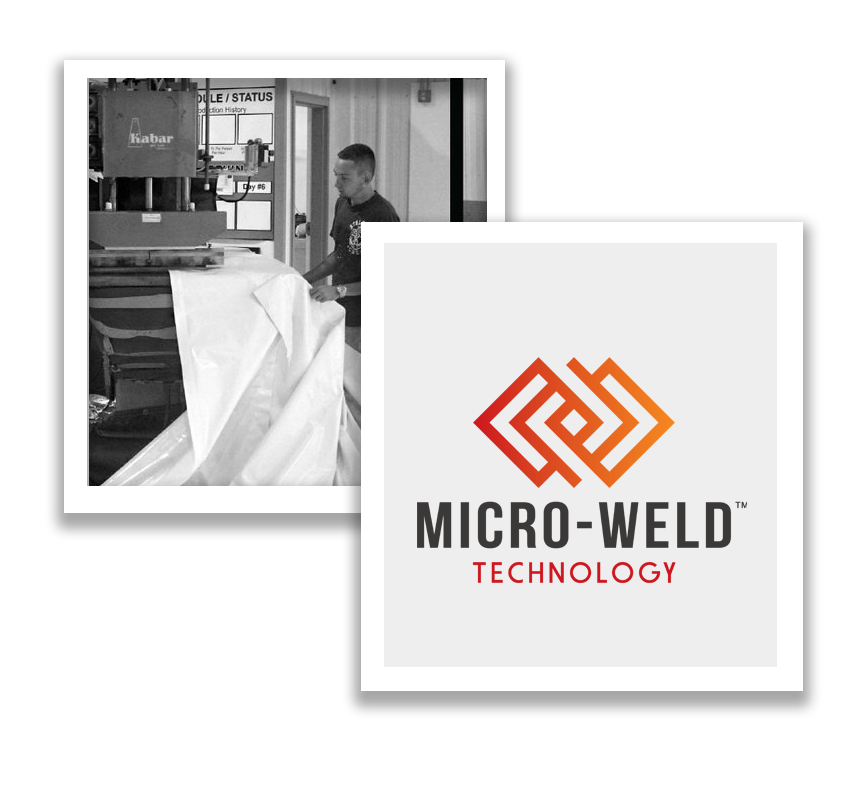Engineering Expertise

At CELINA, our engineering team excels in solving complex challenges across various industries with a deep reservoir of expert knowledge, extensive experience, and innovative problem-solving skills. Utilizing advanced 2D and 3D renderings with AutoCAD and Innovator software, we create precise designs and apply rigorous testing before prototyping to ensure a lean and efficient product development process. For projects requiring durability, we collaborate with Licensed Professional Engineers to certify our designs for wind and snow loads and perform finite element analysis to identify high-stress areas.
For more complex R&D efforts, such as thermal performance testing, CELINA has partnered with the University of Dayton Research Institute (UDRI). Over the course of 64 years, the University of Dayton Research Institute has become a globally recognized leader in research, development, and transition of technologies that have not only advanced science, but also benefited mankind. UDRI excels in advanced materials, engineering, aerospace technologies, structural physics, energy, sensors, and much more conducting studies for many global commercial and military organizations.
Proprietary Technology
Well-known and highly respected in the fabric and shelter industry, CELINA’s engineering department has developed, in cooperation with defense and commercial customers, some of the most advanced and innovative testing methods and manufacturing technologies. Our proprietary technologies include:

InfraShield
InfraShield is a fabric coating used to repel ultraviolet light and reduce the amount penetrating the interior of a fabric structure. By reducing the amount of ambient IR radiation that is absorbed by wall and insulating panels, tents coated with InfraShield use less energy for climate control and greatly reduce the amount of material breakdown caused by IR exposure.
CELINA uses this unique chemical makeup to reflect IR radiation extending below visible light. By reducing absorption, the process of heating is curtailed in its early stages, which makes cooling procedures less of an issue. Maintaining proper environmental attributes is simpler when there aren’t forces working toward disparate goals; removing a major source of heating can greatly improve tasks in this area.
All testing utilizes our Thermal Resistance Assessment Chamber, developed by our in-house engineering team to meet ASTM C1363-19 (Standard Test Method for Thermal Performance of Building Materials and Envelope Assemblies by Means of a Hot Box Apparatus). Treated layers are assessed using thermal imaging and ambient temperature recording devices, amassing information on thermal loss between layers and comparing results to those of uncoated materials. Tests use multiple layers of treated materials, often using a different material with InfraShield coating for each layer, to find the best combination for maximum protection. CELINA uses materials that are compliant with the Berry Amendment, including those we test using the InfraShield coating.

Thermacore
Thermacore tri-layer technology utilizes the inherent properties of each material to its maximum potential. We place a high importance on studying the expansion of the thermal bridge, the decrease of barrier strength due to adhesion processes, and the reflective properties of various types of thermoplastic polymer resins. All materials sourced for our product trials are Berry Amendment compliant, as it applies to restrictions for fabrics, fibers and yarns.
Testing utilizes our proprietary Thermal Resistance Assessment Chamber, developed by our in-house engineering team to meet ASTM C1363-19 (Standard Test Method for Thermal Performance of Building Materials and Envelope Assemblies by Means of a Hot Box Apparatus). Insulated layers are assessed using thermal imaging and ambient temperature recording devices, amassing information on thermal loss through stitch lines and evaluating the properties of the material’s thermal bridge. Results show reduction of expended energy used to maintain proper interior climate down 45% from comparable standard material. All material used in Thermacore insulation is rigorously tested to meet tent and fabric structure flame specs.
By combining the power of semi-crystalline polymers and nitrogen-based compounds, which are used for UV reflective properties and resistance to UV penetration and breakdown, the interior of the protected structure provides the maximum amount of ultraviolet defense. Material strength has been unaffected by ultraviolet light in tests of up to continuous 200 hours of exposure. The trimer chemical blend used on the interior of Thermacore liners exhibits exceptional flame-resistant properties. As an added effect, insulation composition also exhibits sound reduction properties, with frequency absorption peaking around 2 kHz.


